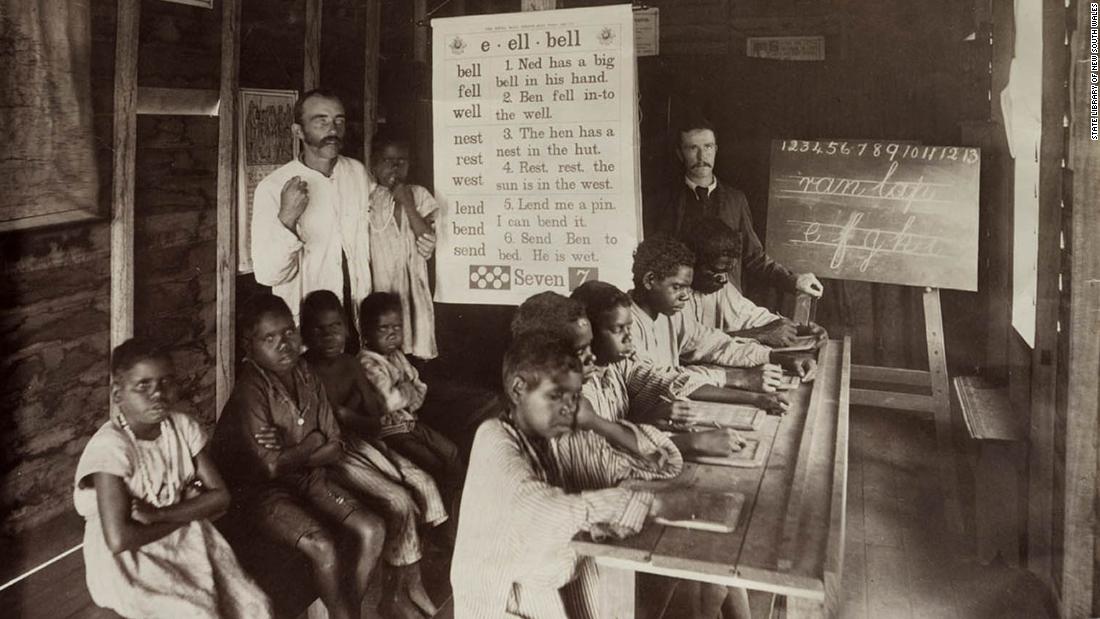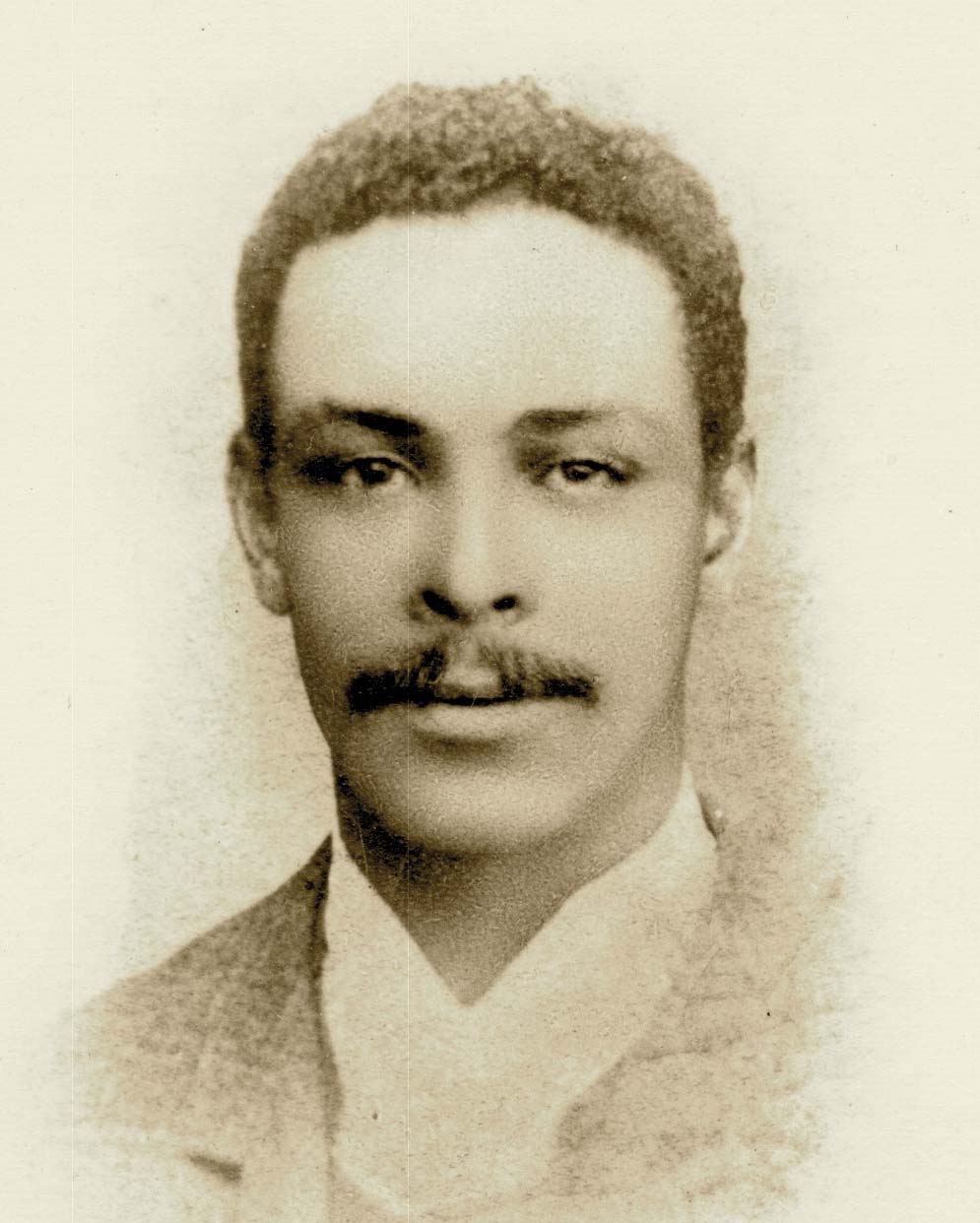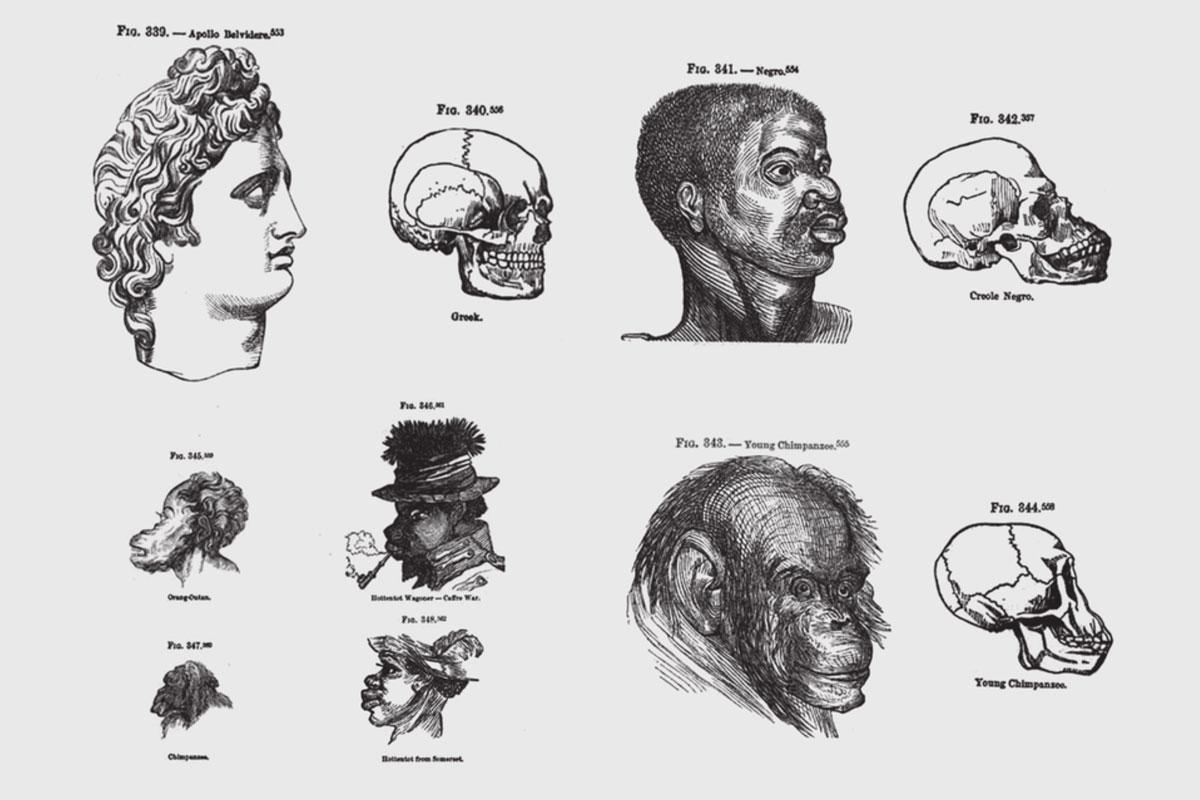History Grade 11 - Topic 3 Essay Questions


An image showing the acculturation of indigenous Australian children by the British officials Image Source
Essay Question


An image showing the acculturation of indigenous Australian children by the British officials Image Source
Essay Question
Dr Jotello Festiri Soga, the first South African of any race to obtain a degree in veterinary medicine, was born in 1865 at the Mgwali Mission in the then-Transkei (now Eastern Cape), into a distinguished Xhosa family.


Introduction
Christiana is a Town situated in the Bophirima Region of the North West Province in South Africa. It is part of new newly named Dr. Kenneth Kaunda District. Located on the N12 between and Bloemhof and Warrenton, it also shares a border with Botswana in the North and is home to around 20 000 locals. It may be quiet and somewhat secluded, but Christiana has earned its place on the globe for being a significant hub during the Diamond Rush of the 1870’s.
Named after Christiana Meyer, the only daughter of the then President Pretorius. Diamonds were discovered further down the Vaal River during the late 19th Century. Seeing the value, as predicted, when diamonds were found in the gravel close to this little Town in the 1870’s. The former Transvaal Government hastily established a Settlement on the banks of the River, in an attempt to control and alleviate land disputes over diamond discoveries further down the Vaal River. This Town was established on the Farm; 'Zoutpansdrift' ('Salt Pan Drift', in Afrikaans) and named' Christiana'.
Two years later, diamonds were discovered in the gravel of the Vaal River, close by and the inevitable 'mad rush', followed. As usual the initial rush petered with the diamonds, although some are still found from time to time. The first, 'Residential Stands', were sold in 1870. One of the most popular attractions of Christiana is; the Diggers’ Diamond Museum, which showcases authentic pieces of the equipment used more than 120 Years ago, in the finding of diamonds. There are also a number of old photographs on display, which tell the tale of the past and even examples of San rock Art, dating back thousands of Years.
The 'Diggers’ Bell' remains one of the largest in the World. In fact, it is considered to be the largest that was made. However, it sank in the Vaal River, which is where it remains to this day; too big and heavy for divers to retrieve. There are theories that there are diamonds hidden inside the bell, but the surrounding mud, has made it impossible to prove this. These days the mainstay of the Economy is the production of: 'beef, maize, sorghum, groundnuts and cotton'.
The San Bushman Rock Art (excellent examples can be viewed 6km out of Town on the Farm: 'Stowlands') these prehistoric rock engravings which have been declared a National Monument. The beautiful Town of Christiana, offers many activities and attractions for all to enjoy. (The Aventura Vaal Spa is the perfect Resort to stay over at whilst visiting this Town. It is situated on the Vaal River and offers tourists mineral baths, freshwater angling and game viewing.)
https://za.geoview.info/zoutpansdrift,936728
https://www.places.co.za/html/taung_heritage_site.html
https://www.sa-venues.com/game-reserves/bloemhof-dam.php
https://www.sa-venues.com/game-reserves/boskop-dam.php
http://www.n12christiana.co.za/directory/christiana/accommodation/https://dspace.nwu.ac.za/bitstream/handle/10394/26332/Higgs_A_2017.pdf?sequence=1&isAllowed=yhttps://www.africanadvice.com/1136001/Museums/North_West/Diggers_Museum/
https://www.sa-venues.com/things-to-do/northwest/bysuburb/christiana-northwest/http://digitaladvertising.co.za/travel/view/en_US/6711.html